India is a diverse country. It cannot be defined by a singular commonality running throughout the region. You go from North to South and you will be surprised to see the variety that this place has to offer in terms of culture, language, geography, literature and other vitals that define a place. Similar, if you go across from the East to the West. Each place has its own distinct flavor.
Same can be said for Indian Cinema. The problem that has arisen with Indian Cinema and its image internationally is that it is thought to be synonymous with Bollywood, or the Hindi film industry based in Mumbai.
But if you have any slight idea about the demography and geography of the country, you would know that it is a very limiting definition.
Indian Cinema is much bigger than Bollywood, or the elaborate song and dance routines that it is identified with all over the world. The melodrama and the over-the-top action sequences do form a major part of commercial Bollywood films but Indian Cinema has got a lot more to offer to students of films.
The vast differences in the social and cultural milieu of the common Indian person gives rise to a similarly varied bank of stories and experiences. Also, the history of India informs us that it has always mingled with foreign cultures and that intermingling at the grassroot level has given birth of completely unique and hybrid forms of art and literature.
It has stories concerning the nitty-gritties of the most aristocratic families to the everyday struggles of the poorest individual.
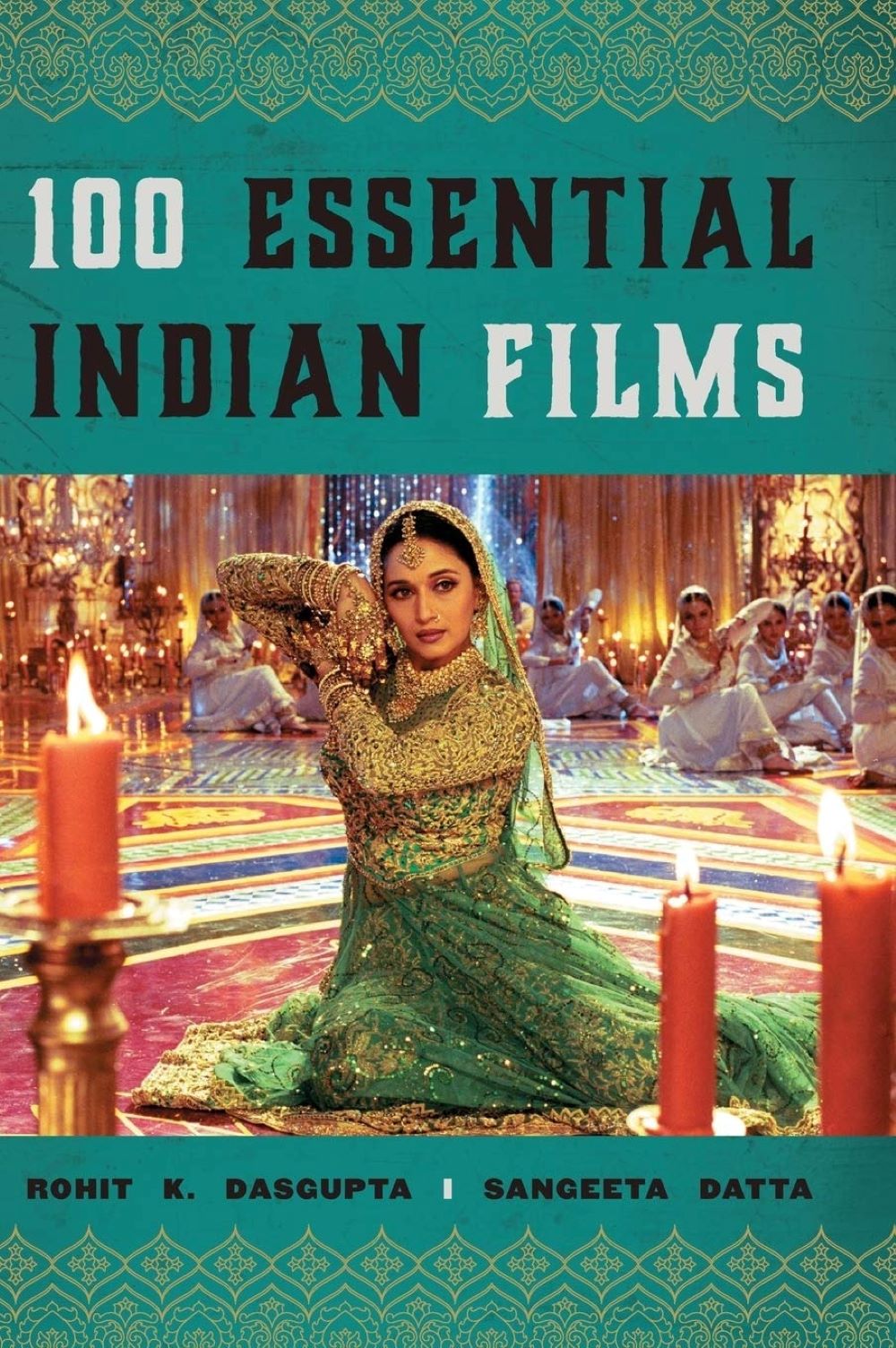
Even the linguistic differences that are present here are so vast that there are entire industries running parallelly, making movies after movies day in and day out. Films are one of the most common mediums of mass entertainment in the country and they are loved by people of every region.
Thus, there are many industries running here on the basis of language and culture who make films concerning their own specific issues and also issues which are pan-Indian.
Some of the major industries based on language and region are as follows – Hindi (Parts of North and Central India), Gujarati (Gujarat), Marathi (Maharashtra), Malayalam (Kerala), Tamil (Tamil Nadu), Telugu (Andhra Pradesh and Telangana), Kannada (Karnataka) and Bengali (West Bengal) among others.
To know more about the Indian Films which made a mark at international film festivals, do check this article out –
We are bringing you the best and hidden gems of these regional film industries so that it can help you as well as us in recognizing the true scale and magnitude of Indian Cinema and to get to know the real cinematic beauty of the largest filmmaking industry of the world.
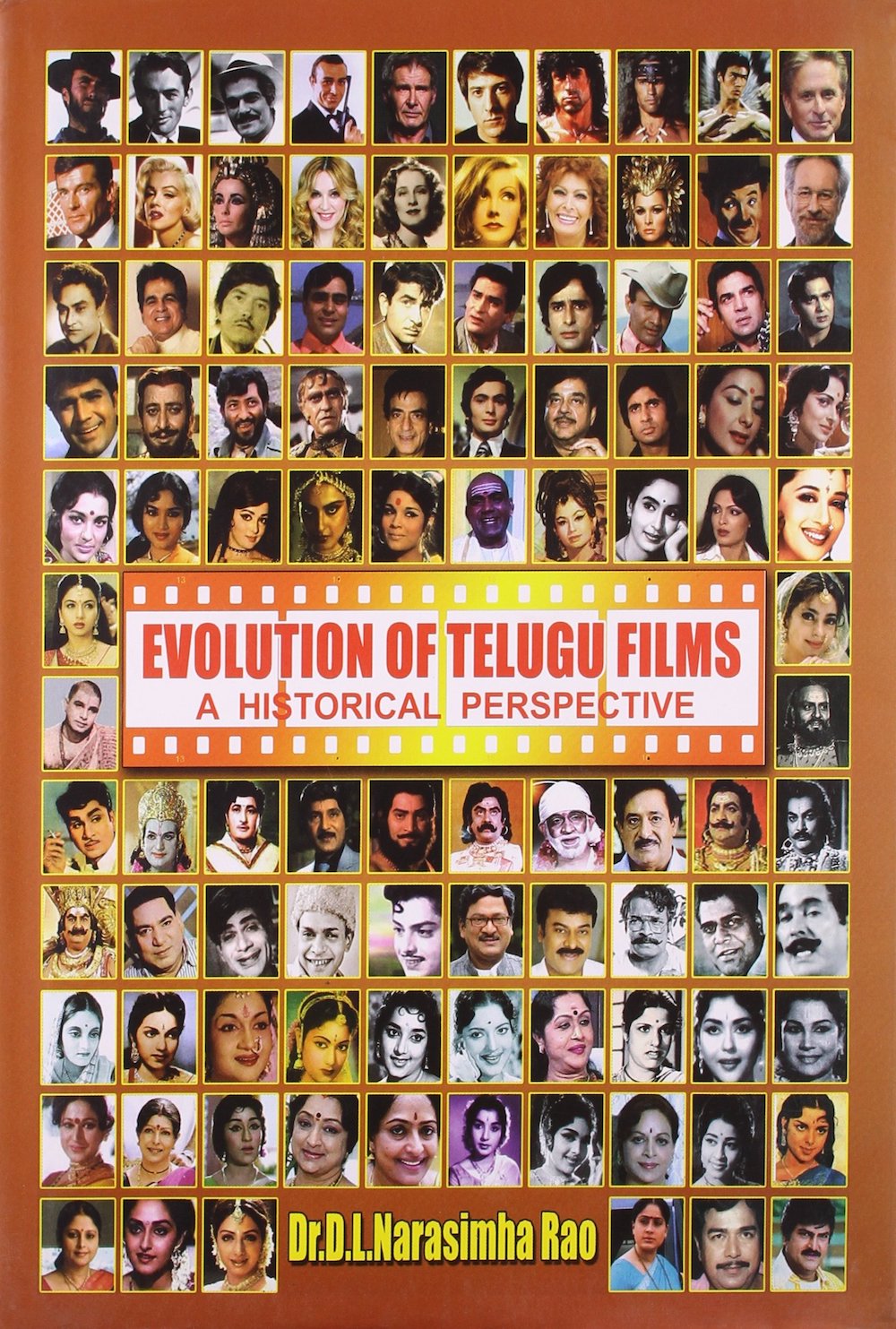
Telugu Cinema
The Telugu film industry, popularly known as Tollywood, holds a significant place in Indian cinema history. Renowned for its prolific output and diverse storytelling, Tollywood has made remarkable contributions to the world of art films.
The origin of Telugu cinema can be traced back to the early 20th century when the Lumière Brothers’ invention of motion pictures reached India. The first Telugu silent film, Bhishma Pratigna, directed by Raghupathi Venkaiah Naidu, was released in 1921.
Over the years, the industry faced several challenges and adapted to technological advancements, the 1930s and 1940s saw the emergence of iconic studios and actors that laid the foundation for the Telugu film industry’s golden era.
The 1950s and 1960s marked the golden era of Telugu cinema, where films focused on diverse themes, including social issues, family dramas, and historical epics. Directors like B.N. Reddy, L.V. Prasad and Bapu crafted memorable films that not only entertained but also inspired and educated the masses. This period also saw the rise of legendary actors like N.T. Rama Rao, Akkineni Nageswara Rao and Savitri, who became household names across the Telugu-speaking states.
In the 1970s, the Telugu film industry witnessed a shift towards experimental and artistic filmmaking. Filmmakers like K. Viswanath, B. Narasinga Rao and Bapu began exploring unconventional narratives and delved into the depths of human emotions and societal issues.
The 1980s and 1990s saw the rise of parallel cinema in Telugu cinema, also known as the New Wave movement. Filmmakers like Ram Gopal Varma, Shekhar Kammula and Aparna Sen paved the way for independent cinema, addressing contemporary issues and portraying characters from diverse backgrounds.
These films offered a refreshing departure from the typical commercial fare and they found an audience that appreciated thought-provoking content.
The impact of Telugu art films extends beyond the boundaries of the Telugu-speaking states. Acclaimed filmmakers like Mani Ratnam, Shyam Benegal and Adoor Gopalakrishnan have acknowledged the influence of Telugu cinema on their craft.
Film festivals and awards play a vital role in recognizing and promoting art films. The International Film Festival of India (IFFI), the Hyderabad International Film Festival (HIFF) and the National Film Awards have provided a platform for Telugu art films to gain recognition and accolades both domestically and internationally.
Many Telugu filmmakers have been honored at these prestigious events for their contribution to the cinematic art form.
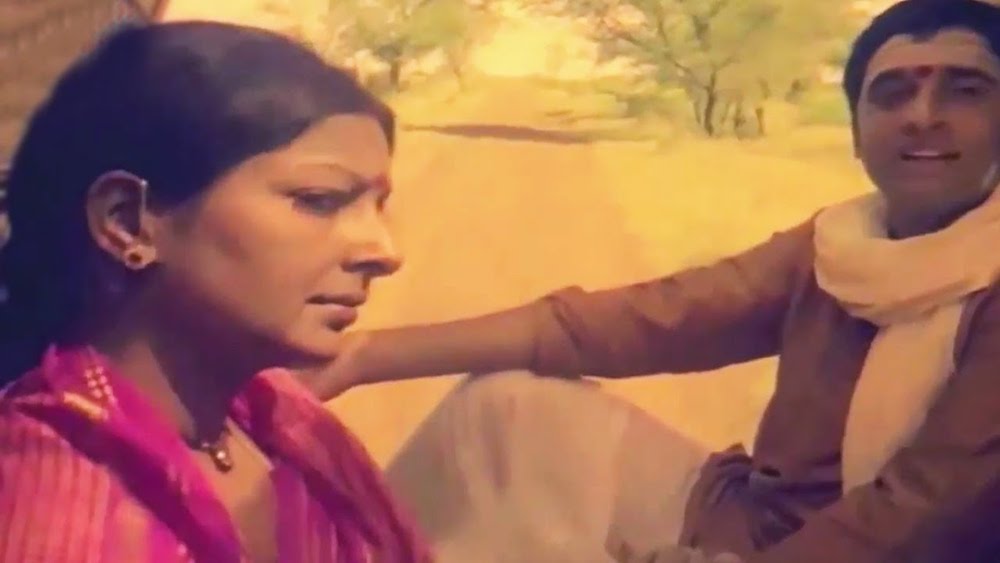
1 Nimajjanam
- Director – B. S. Narayana
- Year Released – 1979
- Major Awards / Nominations – National Award for the Best Feature Film in Telugu
- Other Films by this Director – Oorummadi Brathukulu, Margadarsi, Aame Evaru?
Nimajjanam‘s narrative centers on a Brahmin housewife compelled to travel to her in-laws’ residence following her father-in-law’s demise. Accompanied by her husband, they embark on a solemn journey via a bullock cart to immerse her father-in-law’s ashes in sacred waters, adhering to the traditional Hindu ritual of Nimajjanam.
Tragically, during the journey, the cart driver develops a sinister lust for her and commits a heinous act by subjecting her to rape.
Bijja Satyanarayana, also known as B. S. Narayana, was an Indian film director and producer who made significant contributions to art films in the Telugu film industry. He was known for his thought-provoking and socially relevant films that focused on portraying the lives and struggles of common people.
He played a significant role in elevating the status of socially relevant and thought-provoking films, inspiring other filmmakers to explore similar themes and styles. Though he may not have gained mainstream popularity, his work remains an important part of the artistic legacy of Telugu cinema.
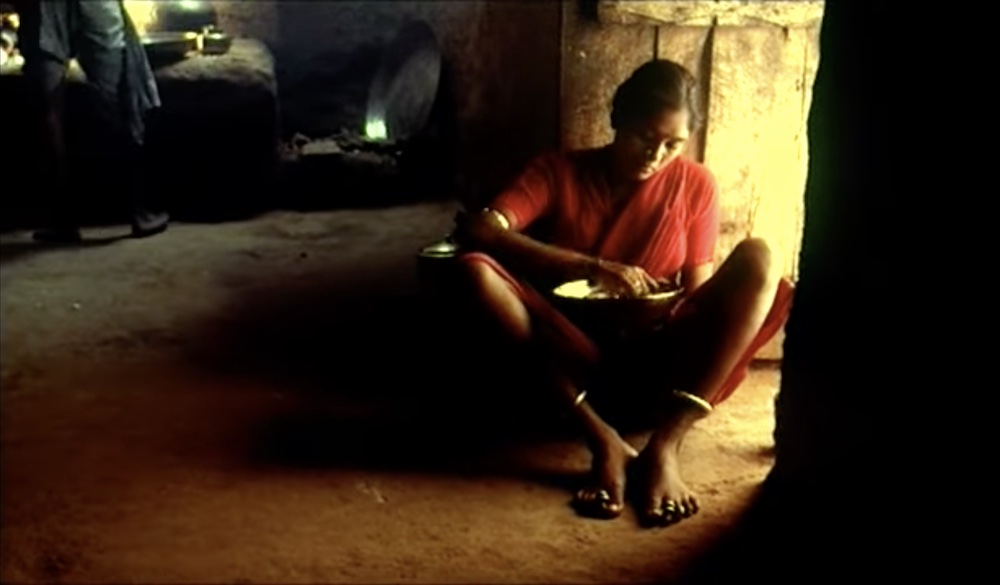
2 Daasi
- Director – B. Narsing Rao
- Year Released – 1988
- Major Awards / Nominations – National Award for the Best Feature Film in Telugu
- Other Films by this Director – Rangula Kala, Maa Bhoomi (Producer and Screenplay), Harivillu
Daasi revolves around the life of Kamalakshi portrayed by Archana, a young woman who finds herself trapped in servitude during the 1920s in Hyderabad state. Due to dire financial circumstances, Kamalakshi’s family is compelled to sell her as a bonded servant to a wealthy couple.
As a Daasi, she is burdened with a multitude of household chores, catering to every need of the household while also facing the unsettling expectation of entertaining the Zamindar and his male guests. Amidst the harrowing circumstances, Kamalakshi becomes pregnant, which presents her with a glimmer of hope.
At its core, Daasi aligns with the spirit of Parallel Cinema, a movement that emerged to challenge the prevailing narratives and disrupt traditional gender paradigms deeply ingrained in society. The film carves out new spaces for women and empowers female subaltern agency in a way that Indian cinema had not witnessed before.
The success of Daasi brought director B. Narsing Rao considerable recognition and established him as one of the leading filmmakers in Telugu cinema’s art-house genre. The film’s success also helped raise awareness about the pressing social issues it addressed.
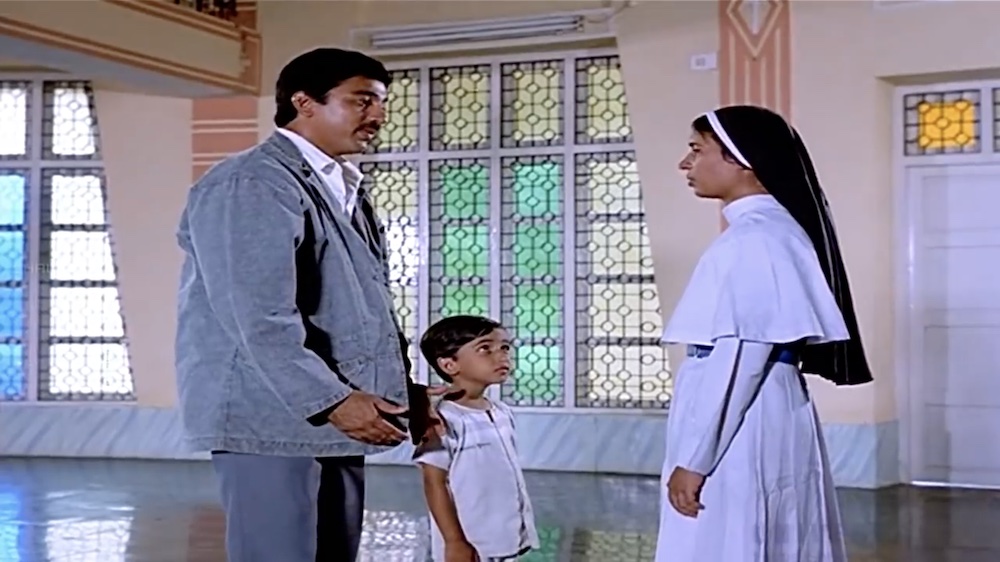
3 Swathi Muthyam
- Director – K. Viswanath
- Year Released – 1986
- Major Awards / Nominations – National Award for the Best Feature Film in Telugu
- Other Films by this Director – Suthradharulu, Swarabhishekam, Sankarabharanam, Sagara Sangamam
Swathi Muthyam is a poignant drama revolves around Sivayya, an innocent orphan with autism, lives with his grandmother in a village. Lalitha, a young widow with a son, faces abuse from her brother’s family but has nowhere to go. Sivayya is deeply moved by her plight and marries Lalitha during the Sri Rama Navami festival, shocking the villagers. His grandmother supports the marriage, but his uncle and others oppose it due to societal norms.
After his grandmother’s demise, Sivayya stands by Lalitha’s side and with the help of some villagers, they build a new life together. Lalitha teaches Sivayya his responsibilities, and he becomes the pillar of their family until Lalitha falls seriously ill.
Swathi Muthyam beautifully captures the essence of human emotions and the profound love between individuals transcending barriers. The film highlights the significance of empathy and acceptance in society, urging people to look beyond appearances and understand the inner beauty of every individual.
K. Viswanath’s directorial brilliance in crafting a film that captures the essence of human emotions has cemented “Swathi Muthyam” as an enduring masterpiece and a true gem of Telugu cinema. Even today, it continues to be revered as one of the finest examples of art cinema in India.
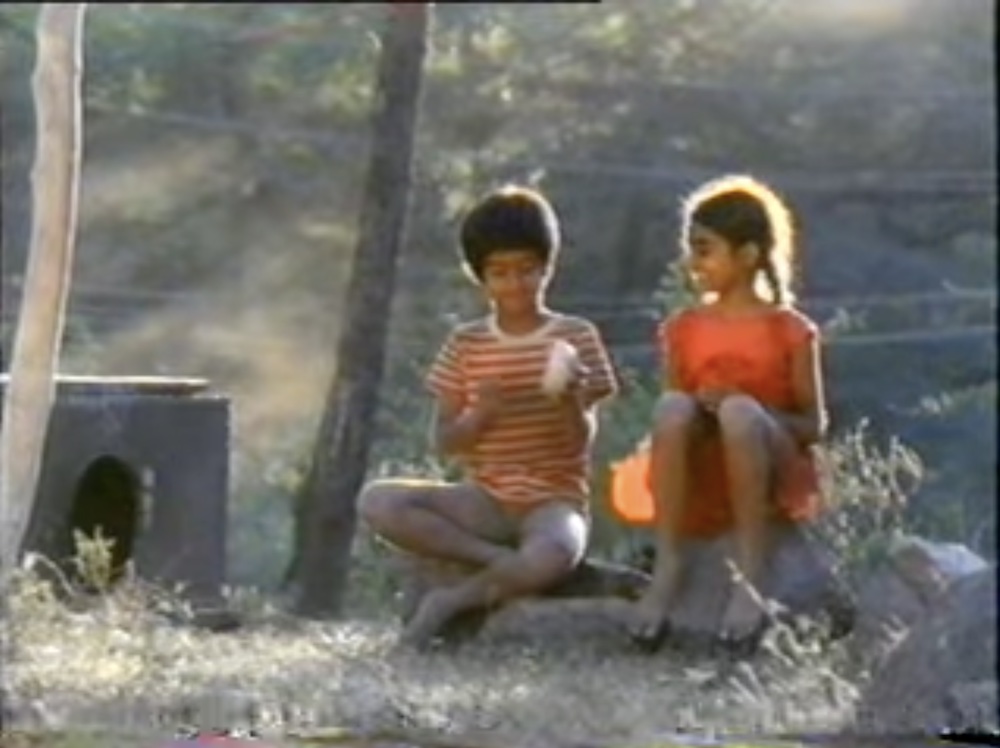
4 Bhadram Koduko
- Director – Akkineni Kutumba Rao
- Year Released – 1992
- Major Awards / Nominations – National Award for the Best Feature Film in Telugu
- Other Films by this Director – Thodu, Gulabeelu, Amulyam
Bhadram Koduko is based on stray children along the roadside, their lifestyle and their myriad challenges as child laborers in India, with a specific focus on urban regions.
Akkineni Kutumba Rao is a prominent figure in the Telugu film industry, dedicated his career to making inspiring and supportive films for children.
Despite making only five films, each of his creations is a gem, addressing the problems faced by low-class families.
Through books like Adhojagath Sahodari, Amma, Karmika Geetham, and Kolleti Jaadalu, he conveyed valuable morals and ideas to young readers.
Akkineni Kutumba Rao’s dedication to making impactful films for children has earned him immense respect and recognition in the industry.

5 Stri
- Director – K. S. Sethumadhavan
- Year Released – 1995
- Major Awards / Nominations – National Award for the Best Feature Film in Telugu
- Other Films by this Director – Marupakkam (Tamil) Nammavar (Tamil), Karakanakadal (Malayalam)
Stri is about Rangi, a kind-hearted woman from a village, firmly claims her place by her man’s side, Paddalu. Through thick and thin, she stands unwaveringly beside him even to deal with his unfaithfulness. Despite the hardships she faces, her love for him remains steadfast.
However, their journey of love is not without its obstacles, and Rangi must confront various challenges while holding on to her affection for Paddalu. It’s a strange kind of love!
K. S. Sethumadhavan’s presence in Telugu cinema was relatively brief compared to his prolific work in Malayalam cinema. However, his foray into Telugu art films left an indelible mark. By introducing audiences to emotionally charged narrative and thought-provoking theme with Stri, he contributed to the diversification of storytelling in Telugu cinema.
6 Show
- Director – Neelakanta
- Year Released – 2002
- Major Awards / Nominations – National Award for the Best Feature Film in Telugu
- Other Films by this Director – Missamma, Virodhi, Maaya
Show is about Ridhima, an executive from a pharmaceutical company, visits to make a deal on patents with a professor who invented a new drug. However, the professor is delayed, leaving Ridhima waiting alone. Madhav Rao, a frustrated junior advocate, supervising the event, joins her. Despite their differences, they become friends.
To pass the time, Ridhima offers to pay anyone who entertains her for an hour. Madhav pranks her, upsetting Ridhima. They decide to act in a play as a husband and wife, but Madhav’s emotions become real during the performance.
Neelakanta is a talented and acclaimed Telugu film director known for his distinctive style of filmmaking, particularly in the psychological thriller genre. Neelakanta’s films often delve into the complexities of human emotions, inner conflicts and psychological dilemmas, which sets them apart from conventional commercial cinema.
The psychological themes in his films are often a reflection of the complexities of human nature and relationships.
Over the years, Neelakanta has earned recognition for his unique approach to storytelling, and his psychological films have garnered critical acclaim and won several awards. His contribution to Telugu cinema, particularly in the psychological thriller genre, has left a lasting impact on audiences and filmmakers alike.

7 Bommalata
- Director – Prakash Kovelamudi
- Year Released – 2004
- Major Awards / Nominations – National Award for the Best Feature Film in Telugu
- Other Films by this Director – Once Upon a Warrior, Size Zero, Judgementall Hai Kya (Hindi)
Bommalata (translated as?Puppet show), also known as A Belly Full of Dream. The film narrates the journey of a determined young boy longing for greatness. Raised in an impoverished village that discourages education and ambition, he aspires to attend school, escape poverty, and build a better life.
Along the way, he meets inspiring individuals who support and encourage his dreams.
Bommalata is considered a milestone in Telugu cinema for its bold attempt to bridge the gap between mainstream and art cinema. It not only emphasized the importance of preserving traditional art forms like puppetry but also questioned the prevalent commercialization of the film industry.
The movie’s success opened doors for more experimental and thought-provoking films in Telugu cinema. It encouraged filmmakers to explore unique storytelling techniques and tackle meaningful themes, beyond the conventional formulaic narratives.
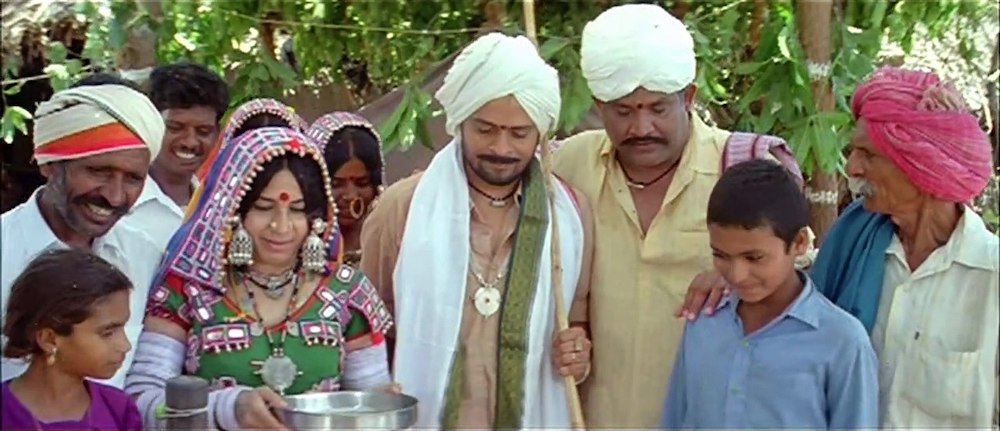
8 Kamli
- Director – K.N.T. Sastry
- Year Released – 2006
- Major Awards / Nominations – National Award for the Best Feature Film in Telugu
- Other Films by this Director – Shaanu, Thilaadanam, Surabhi, Harvesting Baby Girls
Kamli, portrayed by Nandita Das, is the central character in this gripping narrative that sheds light on the prevalent issues of girl child sale and male child swapping in the community. Among the Lambadas, the birth of a girl child is considered unfortunate, leading to Kamli’s heart-wrenching decision to sell her firstborn daughter.
The film delves into Kamli’s life, depicting her struggles, including a challenging marriage to Redya, an alcoholic husband. As she fights for a job and faces lecherous men, the story showcases the harsh reality of her existence.
Through Kamli’s journey, the film confronts societal norms and highlights the pressing need for gender equality and an end to harmful practices.
Sastry is known for his distinctive style of filmmaking, which focuses on socially relevant and thought-provoking themes. He is a strong advocate of using cinema as a medium to address pressing societal issues and bring attention to marginalized communities. Through his work, he has consistently challenged the norms of commercial cinema and has been an influential figure in promoting art and meaningful cinema.
His films have earned him accolades and awards, both nationally and internationally, solidifying his position as a visionary director in the Telugu film industry. He worked on many research projects with director B. Narsing Rao.
9 1940 Lo Oka Gramam
- Director – Narasimha Nandi
- Year Released – 2010
- Major Awards / Nominations – National Award for the Best Feature Film in Telugu
- Other Films by this Director – Kamalatho Naa Prayanam
1940 Lo Oka Gramam is a tale of contrasting ages and societal norms, Dixitulu, an affluent and aged Brahmin, finds himself tied in matrimony with the much younger Suseela, who reluctantly accepts the marriage without any other recourse.
Her heart weighed down with sorrow when she couldn’t make love with her spouse, she had no choice but to comply. Amidst her anguish, a forbidden love blossoms between Suseela and Suri, a man from a lower caste. When Suseela’s pregnancy becomes evident, it stirs a storm of anger and disapproval from the elderly Brahmin, adding further complexity to their already tumultuous situation.
Through his thought-provoking themes, emotional storytelling, and commitment to addressing societal issues, the film has elevated the art of filmmaking in the Telugu film industry. 1940 Lo Oka Gramam continue to resonate with audiences and inspire future generations of filmmakers to push the boundaries of creativity and social impact through cinema.

10 Naa Bangaaru Talli
- Director – Rajesh Touchriver
- Year Released – 2013
- Major Awards / Nominations – National Award for the Best Feature Film in Telugu
- Other Films by this Director – Raktham – The Blood, Dahini – The Witch (Hindi)
Naa Bangaaru Talli is a story of a daughter and her father Srinivas, a social worker, is proud of his studious and socially active daughter, Durga. Unbeknownst to everyone, Srinivas is a deceitful broker involved in the flesh trade. When Durga decides to study in Hyderabad, she gets kidnapped due to her father’s dark past.
Durga’s harrowing journey into prostitution makes her determined to escape.
The movie serves as an eye-opener, highlighting the urgent need to address and eradicate the menace of sex trafficking and protect vulnerable individuals from falling prey to such exploitation.
Naa Bangaaru Talli stands as a testament to the potential of Telugu cinema to tackle socially relevant issues with sensitivity and conviction. The film’s powerful message and emotional impact have resonated with audiences, making it one of the notable contributions of the Telugu film industry to the genre of socially relevant cinema.
That’s all!
The Telugu film industry has made substantial progress in promoting art films, it still faces challenges. Commercial success often dominates the industry, making it challenging for small-budget art films to find an audience. However, with increasing awareness and support from audiences and critics, the future of Telugu art films looks promising.
Advancements in technology have significantly impacted the production and distribution of art films. Digital filmmaking has provided a cost-effective means for aspiring filmmakers to tell their stories with artistic freedom.
The Telugu film industry’s contribution to art films has been remarkable, with filmmakers pushing the boundaries of creativity and storytelling.
Online streaming platforms have also democratized film distribution, making it easier for art films to reach a global audience.
From the golden era to the New Wave movement, Tollywood has constantly reinvented itself, leaving a lasting impact on the artistic legacy of Indian cinema. As the industry embraces new technologies and storytelling techniques, it is poised to continue its journey of enriching and diversifying the world of art films, preserving its cultural heritage for generations to come.
Please do tell me in the comments below if you know of some brilliant but obscure films that I have missed. Until then keep reading and watching films.
